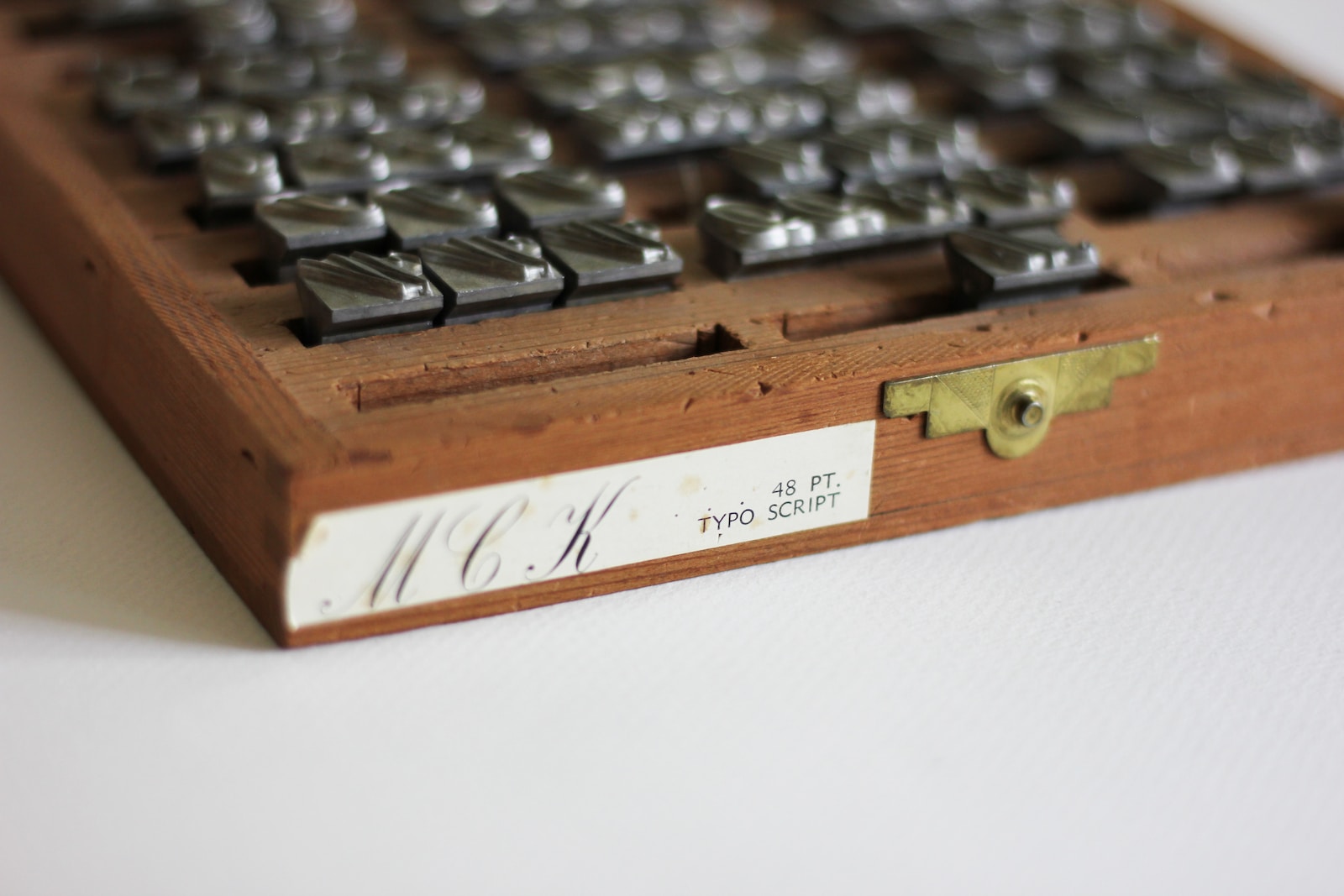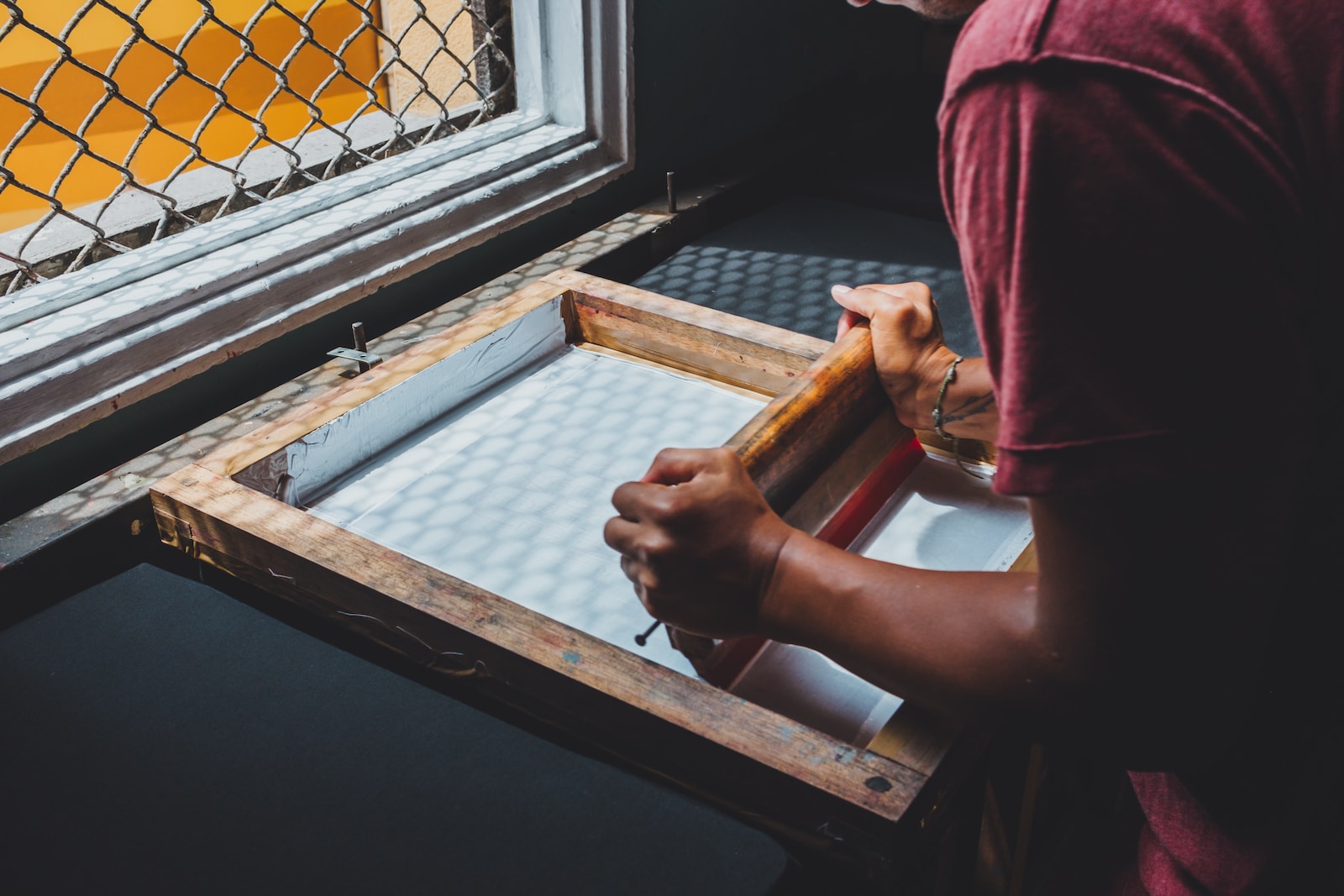The Artistry of Stamping
Stamping, at its simplest, is a method of creating repetitive designs or patterns by pressing a carved material soaked in ink onto a surface. Its origins date back to ancient civilizations where it was used for communication and decoration.
Today, stamping persists as a prolific part of the arts and crafts community, emerging as an essential technique for creating custom designs on various materials such as fabric, clay, paper, and even metal. In the realm of arts and crafts, stamping serves as both an expressive outlet and an efficient tool for reproduction.
It can convey intricate designs across multiple mediums with relative ease and precision. The success of stamping relies heavily on the symbiotic relationship between three primary components: the stamp design itself (often etched into rubber or acrylic), the surface to which the design will be transferred (such as paper or fabric), and most importantly – the ink.
The Importance of Ink Selection in Stamping
The ink used in stamping is not merely a medium—it’s an embodiment of one’s artistic vision. It is through this prism that we perceive color variations, depth perception, texture complexity and overall aesthetic appeal.
Therefore choosing appropriate ink for your projects becomes quintessential. Different categories of ink offer unique characteristics that influence how your stamped image will appear.
Water-based inks may present differently than alcohol-based ones due to their different compositions; each has its advantages which make them more suitable for certain situations over others. The decision between water-based inks versus alcohol-based inks hinges on various factors such as drying time, vibrancy, resilience against fading over time etc., all of which we’ll discuss further in detail throughout this article.
Definition and Characteristics of Water-Based Inks
Water-based inks, as their name suggests, are pigments or dyes suspended in water. They are distinguished by their affinity to absorb into the substrate they are applied on.
Unlike other types of ink that sit on the surface creating a layer of color, water-based inks permeate the material, providing a sense of unity between ink and surface. The primary characteristic that defines water-based inks is their composition.
Their main ingredient is indeed H2O, making them an environmentally friendly option. Furthermore, this aqueous base facilitates blending and results in a seamless integration with paper fibers or fabric threads which leads to rich and vivid hues.
The Color Spectrum: A Variety of Colors Available
Water-based inks offer an extensive variety of colors that cater to all artistic whims and requirements. From fiery vermilion to deep-sea indigo, there is no limit to the universe of shades one can explore. Moreover, due to their blendable nature, artists can mix these colors effortlessly to create countless unique tones.
What sets these tones apart from those provided by other types of ink is how they react upon application – they sink into the canvas conveying depth as well as texture. The resulting outcome is soft yet dynamic imagery that holds one’s gaze with its charm and complexity.
Navigating through Calm Seas: The Pros of Using Water-Based Inks for Stamping
The utilization of water-based inks for stamping carries several benefits. One such advantage lies in the cleanup process – simply rinsing your tools under running water will remove any traces left behind by these non-toxic pigments.
Additionally, another significant benefit comes from its non-toxic nature making it safe even for young children playing with stamps. Whether we are talking about finger painting or elaborate art projects – indoors or outdoors – water-based paints bring both safety and convenience to all art enthusiasts regardless of age or expertise level.
Facing Uncertain Tides: The Cons Of Using Water-Based Inks For Stamping
However advantageous it may be, using water-based ink does have its own share of drawbacks too which cannot be overlooked while discussing its comprehensive usage dynamics. One key concern associated with this kind comprises its slow drying time which might not be ideal for artists seeking quick results or rapid multiple layers application on their workpiece; patience thus becomes an essential virtue when working with these mediums. Moreover, another pertinent issue comes from its potentiality to warp paper due to high moisture content; although this can be mitigated using specific techniques or choosing more robust paper types such as cardstock instead.
Unveiling the Vibrant World of Alcohol Inks
Alcohol inks are a type of fluid painting medium known for their vibrant and highly saturated hues. These inks are dye-based and suspended in an alcohol solvent, which results in a unique set of characteristics not found in water-based counterparts. They exhibit a rapid drying time due to the evaporation of the alcohol solvent, giving artists less working time but also quicker results.
The composition also allows for reactivation with more alcohol – an intriguing property that lends itself to manipulation and blending even after initial application. Alcohol inks come in an extensive spectrum of colors, from soft pastels to vivacious primaries.
This range provides limitless opportunities for artistic expression. Their brilliant color saturation is another selling point; they produce vivid impressions on a multitude of surfaces, including glossy paper and non-porous materials.
The Pros and Cons: A Delicate Balance
Using alcohol ink for stamping comes with several advantages: the quick-drying nature minimizes smudging risks, while their vibrant saturation ensures striking stamped images or patterns that retain their visual impact over time. Moreover, they can be used on many surfaces where water-based ink might struggle, including glass, metals, and plastics. However, these benefits must be weighed against certain drawbacks.
For instance, cleaning up after using alcohol ink can be more involved than with water-based options since it requires rubbing alcohol or similar solvents rather than just soap and water. The flammability risk associated with these volatile solvents is also important to consider when choosing your stamping ink.
A Comparative Study: Performance on Various Surfaces
When it comes to performance on different surfaces such as glossy paper or metal – versatile terrain indeed – each ink type has its strengths. Water-based inks perform admirably well on absorbent surfaces such as matte papers owing to their ability to penetrate surface fibers deeply—a quality that makes them excellent candidates for endeavors like scrapbooking. In contrast, the non-porous nature of shiny or slick surfaces can pose difficulties for water-based alternatives but provides a suitable canvas for alcohol inks.
Longevity & Fade Resistance: A Testament to Time
As far as longevity is concerned—both types offer substantial fade resistance under usual conditions—water—soluble pigments may see accelerated deterioration if exposed extensively to moisture over time whereas alcohols being volatile will evaporate leaving behind resilient colorants unaltered by humidity considerations. Moreover while both types can interact interestingly with other art mediums like watercolors—the greater ease-of-use arguably lies with water-based inks which blend seamlessly into aqueous environments without necessitating additional solvents. In terms of cost effectiveness—it does seem that while initially pricier—alcohol based variants might offer greater value-for-money given their versatility & vibrant output across diverse substrates!
Specific Uses & Applications for Each Type Of Ink
Finding Their Niche: Ideal Projects Per Ink Type
Scrapbooking—a cherished hobby where memories are forever etched onto paper—is one field where water based varieties excel! They allow easy direct application through stamps ensuring crisp impressions faithfully reproduced every single time! Conversely—for projects demanding application onto non-absorbent hard-surfaces (ceramics/metals/plastics)—alcohol-inks provide unparalleled vibrancy & resilience making them ideal candidates therein!
Safety Precautions when Handling Each Type Of Ink
Safety First : Essential Practices For Each Ink Type
Safe handling practices always need emphasis irrespective of medium deployed! While considered generally safe—water based versions should definitely not be ingested; ensuring hands are washed post-use also never hurts!
Alcohol-inks demand cautious vigilance given their volatile nature! Work should ideally commence within well ventilated spaces wearing protective gloves avoiding any accidental ingestion/inhalation!
Conclusion
—while both mediums have distinct strengths—they constantly push us towards exploring our own creative boundaries further! An optimist sees this diversity as indicative of art’s beauty wherein myriad techniques coexist offering artists unprecedented freedom—the only limits thereafter being those we place upon ourselves!
 Skip to main content
Skip to main content


